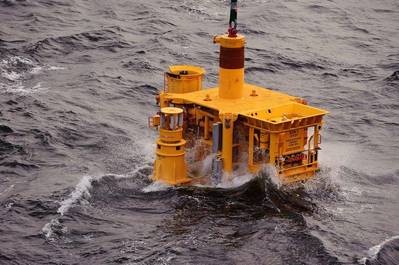The Evolution of Subsea EPC
The subsea sector is highly consolidated with just five players servicing the $12 billion annual requirements of the global E&P community.
The two largest, FMC and OneSubsea, account for approximately two-thirds of the market but despite this, have shown no signs of resting on their laurels, forging strategic partnerships to reshape and redefine the commercial landscape.
This has become increasingly critical as projects have grown in scale and complexity, says Douglas-Westwood (DW), a provider of market research and consulting services to the energy industry.
Recent years have seen a shift in focus from mechanical tree designs towards value added instrumentation, monitoring and processing technologies, DW notes. The joint venture between Cameron and Schlumberger (SLB) to form OneSubsea in 2013 is a deliberate attempt to unite the former’s subsea skill with the latter’s downhole and processing expertise. Likewise, the recent partnership between FMC and Technip to form Forsys Subsea, combines subsea production, processing and installation capabilities, minimizing both supply chain and technological interfaces for the end user.
Ultimately, E&P companies have been gradually moving from a ‘pick and choose’ approach, to procuring systems from a single vendor. DW data suggests that 15 years ago, nearly a fifth of subsea wells installed had different manufacturers for the trees and controls. In 2015 it is expected that over 95 percent of subsea trees installed will have wellheads and controls from the same manufacturer. This trend is set to develop further with an appetite for standardization of subsea equipment that has been driven by cost pressures, lower oil prices and the subsequent need to deliver projects on-budget, on-time.












